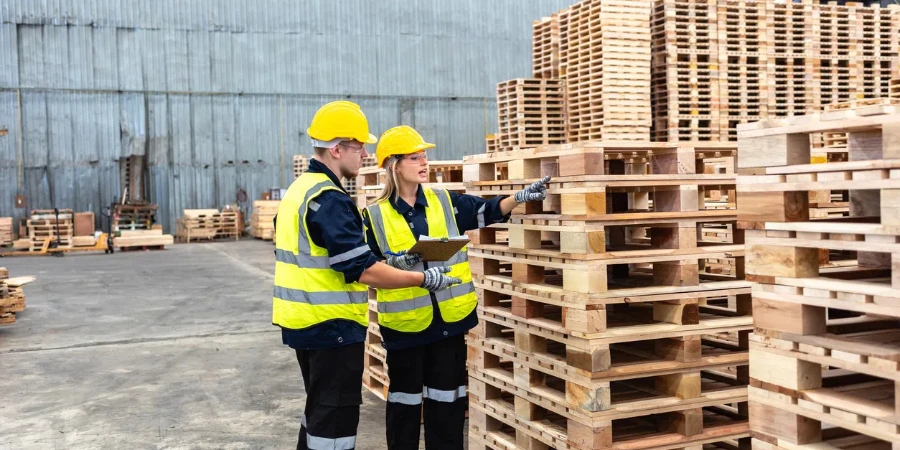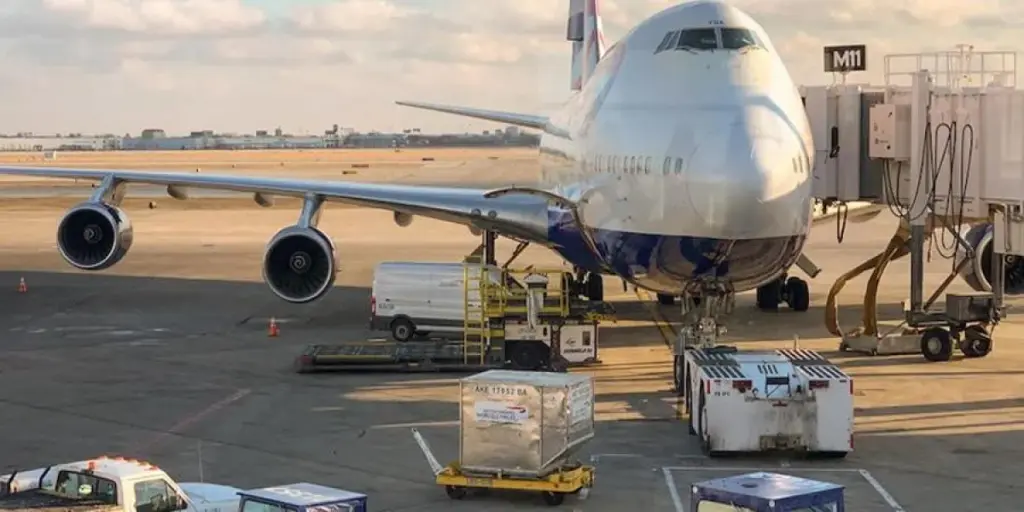Zone picking is a warehouse order picking method that divides a large warehouse into different zones, with each picker assigned to a specific zone. Pickers focus on collecting items within their designated zone, and once they complete their portion of the order, it is passed on to the next zone until all items in the order are gathered. This method is highly effective for improving warehouse efficiency and reducing travel time, particularly in large facilities handling high volumes of SKUs (stock-keeping units).
Zone picking is a key component in optimizing the picking process, especially in modern warehouses where speed, accuracy, and order fulfillment are critical to maintaining smooth operations and high customer satisfaction.
The Importance of Zone Picking in Warehousing
Zone picking is one of several picking methods used in warehouses, alongside batch picking, wave picking, and discrete picking. It’s particularly well-suited for large warehouses or distribution centers where different types of products are stored across expansive areas. The primary goal of zone picking is to minimize the time it takes for order pickers to complete their tasks, reduce travel time between zones, and ensure that items are efficiently consolidated before shipment.
In this method, the warehouse layout is designed strategically, grouping similar SKUs within specific zones. This allows pickers to focus on a smaller, more manageable area, improving their picking speed and efficiency.
How the Zone Picking Process Works
The zone picking process involves several key steps:
- Dividing the Warehouse into Zones: The warehouse is segmented into various zones, typically based on the types of products or storage requirements. For example, fragile or temperature-sensitive items may be stored in dedicated zones.
- Assigning Pickers to Specific Zones: Each picker is assigned to a particular zone and is responsible for retrieving items only from that area. The picker is not required to move beyond their zone, which reduces travel time and potential bottlenecks.
- Sequential Zone Picking: In sequential zone picking, each picker collects the necessary items from their zone and passes the order on to the next zone. The process continues until all items from the different zones are consolidated.
- Consolidation and Order Fulfillment: Once all items are picked from the different zones, they are consolidated into a single order at a central location, often referred to as a distribution center. The order is then prepared for shipping, completing the order fulfillment process.
Benefits of Zone Picking
Zone picking offers several benefits to warehouse operations:
- Increased Efficiency: By assigning pickers to specific zones, the overall picking process becomes faster and more streamlined. Pickers spend less time traveling between different zones and can focus on fulfilling orders within their designated area.
- Reduced Travel Time: Travel time is a significant factor in the picking process. Since each picker only works in a specific zone, the distance they travel is minimized, resulting in faster order picking and reduced labor costs.
- Improved Accuracy: With pickers concentrating on a smaller section of the warehouse, the likelihood of picking errors decreases. This is particularly important in environments with a large number of SKUs, where picking the wrong item can disrupt the order fulfillment process.
- Scalability for Large Warehouses: Zone picking is an excellent solution for large warehouses and distribution centers, as it allows for scalability. As warehouse operations grow, additional zones can be created and more pickers can be assigned without disrupting the overall process.
- Better Labor Management: Zone picking helps optimize labor by allowing managers to assign workers based on their expertise in handling certain types of products. For example, experienced pickers may be assigned to zones with high-value or fragile items.
Comparing Zone Picking with Other Picking Methods
Zone picking differs from other common picking methods in several key ways:
- Batch Picking: In batch picking, pickers collect items for multiple orders at once, rather than focusing on a single order. While this method can increase efficiency for small orders, it may not be as effective in large warehouses where travel time between zones is a significant factor.
- Wave Picking: Wave picking involves picking all items for multiple orders in specific time windows or waves. This method can work well with zone picking to further streamline the picking process.
- Discrete Picking: Discrete picking requires pickers to gather all items for one order at a time, without breaking the order into zones. This method can be time-consuming, particularly in large warehouses.
In many cases, zone picking is combined with batch or wave picking to enhance efficiency and reduce bottlenecks in the picking process.
Automation and Technology in Zone Picking
Automation plays an increasingly important role in improving zone picking efficiency. Many modern warehouses use warehouse management systems (WMS) to help manage and coordinate the picking process. A WMS can direct pickers to the correct zones, track inventory levels in real-time, and provide updates on order fulfillment.
Additionally, automation tools like pick-to-light systems can further enhance accuracy and speed. In a pick-to-light system, lights indicate the location of items within a zone, allowing pickers to quickly locate the correct products.
Other technology, such as robotic systems and automated guided vehicles (AGVs), can also be integrated into the zone picking process to transport items between zones and reduce manual labor.
Challenges and Solutions in Zone Picking
While zone picking offers many benefits, it can also present challenges:
Bottlenecks: If one zone becomes overwhelmed with orders, it can create a bottleneck that slows down the entire picking process. Implementing a real-time WMS can help identify and resolve these bottlenecks before they cause delays.
Cross-Zone Communication: Ensuring effective communication between pickers in different zones is essential for maintaining a smooth picking process. Automation and real-time tracking tools can help facilitate seamless communication and ensure that orders are picked in the correct sequence.
Zone Assignment: Assigning the right pickers to the correct zones can be a challenge, particularly in large warehouses with complex inventories. Using data from previous picking activities, managers can make informed decisions about which pickers to assign to specific zones.
Optimizing Zone Picking for Maximum Efficiency
To get the most out of zone picking, warehouse managers should consider the following strategies:
- Optimize Warehouse Layout: Ensure that the warehouse layout is designed to group similar SKUs within the same zone. This will reduce travel time for pickers and increase the overall efficiency of the picking process.
- Use Real-Time Data: Implement a WMS that provides real-time data on inventory levels, order statuses, and picker performance. This will help managers identify inefficiencies and make necessary adjustments to improve the picking process.
- Train Pickers: Proper training is essential for ensuring that pickers understand the zone picking process and can perform their tasks efficiently. Providing training on the use of technology, such as pick-to-light systems, can further enhance productivity.
- Implement Automation: Consider using automation tools, such as AGVs and robotic systems, to transport items between zones and reduce manual labor. These tools can significantly improve efficiency in large warehouses.
Bottom Line
Zone picking is a highly effective order picking strategy that helps streamline the picking process, reduce travel time, and improve accuracy in large warehouses. By dividing a warehouse into zones and assigning pickers to specific areas, this method ensures that items are picked efficiently and consolidated for order fulfillment. When combined with technology and automation, zone picking can significantly enhance overall warehouse efficiency and contribute to improved customer satisfaction.
As ecommerce and supply chains continue to grow in complexity, businesses that implement optimized zone picking strategies will be better positioned to meet customer demand and reduce operational costs.
Source from DCL Logistics
Disclaimer: The information set forth above is provided by dclcorp.com independently of Alibaba.com. Alibaba.com makes no representation and warranties as to the quality and reliability of the seller and products. Alibaba.com expressly disclaims any liability for breaches pertaining to the copyright of content.




